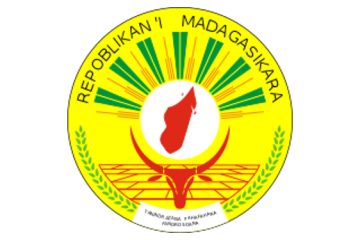Assessment of the potential of agricultural export sectors on the East Coast Madagascar
![]() AGRICULTURE
AGRICULTURE

Services: Diagnostics and feasibility studies
Countries: Madagascar
Dates of intervention: 2022/10 - 2023/07
Amount executed: 179 088 €
Total amount of the service: 179 088 €
Main backer: Government of Madagascar - Client
Main beneficiary: Government of Madagascar
Other beneficiaries: Integrated Growth Poles and Corridors Project
Support provider: SalvaTerra
Experts: Anis CHAKIB
Certificate of satisfactory executionMG Rapport filières agricoles de rente côte Est
Context of the service
The Economic Transformation for Inclusive Growth Project (PIC3) is a project of the Government of Madagascar set up with the support of the World Bank. The objective of the project is to increase private investment and the growth of small and medium-sized enterprises in the target regions of Madagascar. It is a project that takes an integrated, multi-sectoral approach to job creation and inclusive growth, particularly in the agribusiness sector.
In addition to the Diana, Atsimo Andrefana and Anosy Regions, the PIC3 extends to the Atsimo Atsinanana, Vatovavy, Fitovinany, Atsinanana, Analanjirofo, and Analamanga Regions. The PIC3 wanted to have information on the promising income streams in the intervention areas, which meet the objectives of the project.
The PIC has recruited the SalvaTerra – BEST consortium to carry out a study of the potential of the cash crops in the area between the RN12a and Analanjirofo, passing through the Pangalanes axis, in order to guide the project's activities.
Services provided
The two main objectives of the mission were:
- To assess the potential of the cash crops' value chains in the areas of intervention of PIC3 along the East Coast of Madagascar, and
- To provide proposals for action programmes to exploit and develop the potential of the priority value chains.
To this end, the consortium carried out the following tasks:
1. Capitalize on the achievements and update the available information of all projects that have worked in the agribusiness sector and analyse data related to the cash crops value chains;
2. Contribute to the selection of the most promising value chains or segments of value chains that can be supported by the CIP3;
3. Analyse in more detail the selected (segments of) value chains;
4. Produce detailed maps of intervention areas;
5. Propose an operational strategy to remove constraints and optimize the development potential of production, processing, marketing and export of each value chain or segment of value chain selected.
Summary of the service
Assessment of the potential of cash crop value chains on the East Coast (vanilla, cloves, coffee, lychee, cinnamon, pepper, ginger, turmeric, essential oils, honey, fruits, chilli, etc.): Update of available information; Selection and detailed analysis of priority value chains; Mapping of intervention areas; Proposals for operational strategies and activities to remove constraints and optimize the development of the value chains.